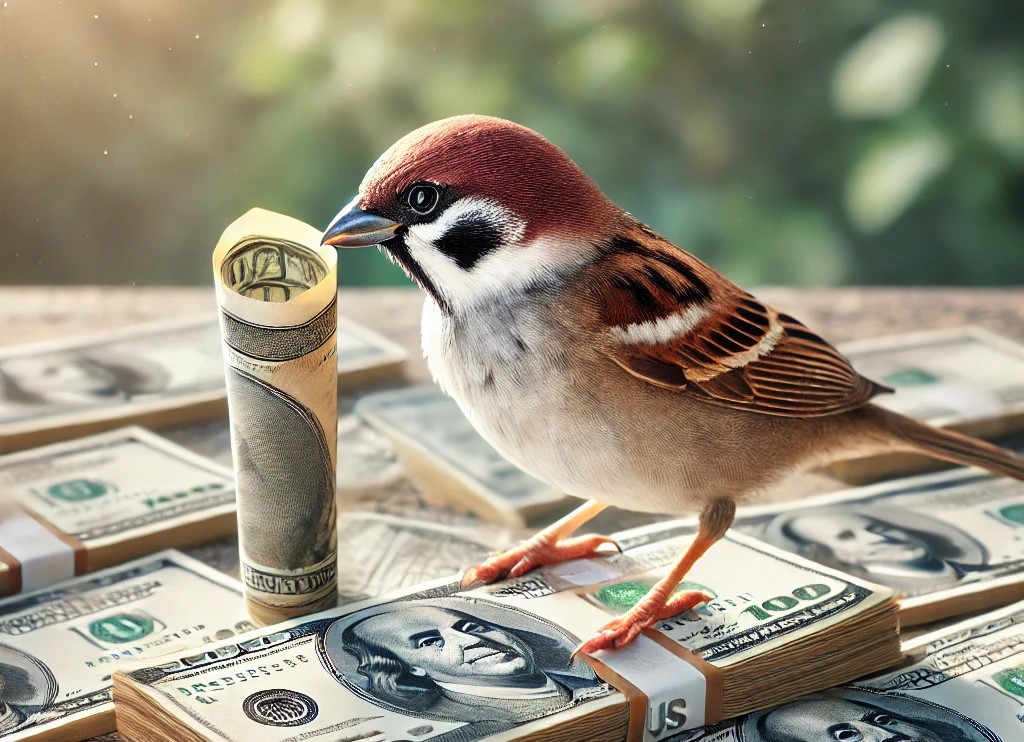
As for many questions, the answer is “it depends”, which is also the reason why management consultants like me exist and sometimes even thrive.
This is obviously an unsatisfactory answer, so let’s ask a few more questions about the type of birding you have in mind. Then, the answer will be much more specific.
1. Do you travel for birds?
2. Do you use professional guides?
3. Do you photograph birds?
If you can honestly say no to all three questions, then congratulations – you engage in a fairly cheap activity. What you still need is inexpensive and mostly only has to be bought once:
- Binoculars. While it is best not to go for the very cheapest, many excellent professional bird guides only use moderately expensive binoculars in a price range of 100 – 200 USD. Obviously, there is also a chance to spend a few thousand dollars on top-of-the-line ones, but you will not really see more birds with them, the views will just be a bit nicer. And in any case, you only buy them once (or as in my case, every 2 or 3 years because the way I use and store these things, they tend to eventually break)
- Telescope. Optional, in my opinion, and at the lower end of the range also not that expensive (maybe around 500 USD or so). I have some but practically never use them, not feeling a strong desire to figure out the identity of some dark birdish-looking spots in another province
- Books. One or two guides of the local birds will contribute a lot to your birding enjoyment, but even the really good ones do not cost more than 50 USD or so. Alternatively, you could just use free apps or search the internet.
So, that is the low budget option – birding locally without taking photos and without much car use (which would add to the cost, of course). Some people even write blog posts about this experience.
But what if the local birds are not enough for you? You also want to see birds in other places?
Then, of course, you will have all the usual traveling costs. The best birds are usually not living very close to 5-star Hotels, so accommodation in good birding areas is not typically very expensive – but getting to these places can be a bit more complicated than taking a short cab ride from the airport to the local beach. Overall, I’d say the travel costs are probably similar to taking a vacation in the same country – a bit higher because of the longer trips to slightly more remote places, a bit lower because you will probably stay in a slightly more rustic hotel.
Using guides – question 2 – takes you to another level, both with regard to costs and the number of birds you will see. Local guides know where the rare birds are and how to get there – and they also do a lot of the things that would otherwise keep you from birding, such as driving, arranging meals, and finding hotels. But they add to the cost. How much mostly depends on the country where you hire them. In the cheapest places, a guide (with a car and a separate driver) may not cost much more than 200 USD per day – and that includes all meals and accommodation as well as entrance fees if there are any. Considering that you would have to pay some of these costs yourself (and may even end up paying a bit more for them as a foreigner unaccustomed to local prices), only about 100-150 USD of this may be additional costs.
However, these daily guide fees increase a lot in more developed, more expensive countries. In many developing countries, local guides may charge around 300-400 USD per day while in developed ones, it will again be substantially more expensive.
And if instead of hiring a local guide yourself, you go with an international birding tour group, even that may be on the low end – though the fact that you are in a group keeps prices down again a bit.
So, it is easy to pay several thousand dollars for a two-week guided birding trip – and you may want to do more than one per year.
Finally, if you want to take photos of birds as well, it again depends on your expectations regarding the quality of the photos. For a few hundred dollars, you can get a superzoom camera which will give you a good chance to document the birds you see. Your mom will probably like the results as well. If you want to do better than that, you will have to pay about 1000 USD each for a good lens and a decent camera. And if you want to make sure all the blame for your bad photos lies with you and not your equipment, best spend at least 5000 USD each on the camera and the lens. Then again, it sometimes strikes me that many professional wildlife photographers only seem to use this high-end equipment when it is loaned to them (so they can write glowing reviews and put them online) – a lot of really good published bird photos are taken with equipment in the second class mentioned here, not the third and highest one.
So, where does that leave us overall (very rough estimates only):
Local birding only, no guide, no photography: from USD 200 (one-time cost)
Add birding while traveling: add normal traveling costs (say USD 3000 for a 2-week trip)
Add a guide while traveling: add guide fee (say an additional USD 3000 for the 2-week trip, minus USD 1000 in reduced traveling cost)
Add photography: add between USD 300 and USD 20,000 (could be more if you buy multiple high-end lenses, cameras, tripods etc.)
So, birding is a bit like the sun, which proverbially shines on the rich and the poor – though for the comparison to be absolutely accurate, it would have to shine a bit brighter on the rich.
As I have done most of my birding in Asia, I asked my fellow 10,000 Birds writer Peter Penning for some additional comments on the topic. He added the following:
There’s a regional difference in costs. Asia has good street food of reliable quality. I have never been ill in Asia, ever. Going to Africa or Latin America (many birds) and finding good food becomes an issue. A very decent lodge is up to 300 USD per night but includes meals and activities. South Africa has cheaper hotels and fast food so you can knock costs down to 100 USD per day. Staying inside parks can be very cheap but requires advance booking. Latin America is so unsafe I always hire a guide – more not to get kidnapped than something else. Africa is much safer.
I find the cost per bird concept interesting. Say you go to South Africa for two weeks, for the first time. Flight 1000 USD, stay in hotels 1500 USD, meals 750-1500 USD and add 1500 USD for car and petrol. You will see 300 to 400 lifers. Cost per bird: 13-18 USD. Next trip: same costs but now you will have 50 lifers only. Cost per bird: 110! I am at thousands per lifer in South Africa now … Also, there are huge regional differences in park fees: Kenya is expensive (100 USD per day) while South Africa and Namibia charge much less for entrance – 30 USD per car or so (Peter Penning).




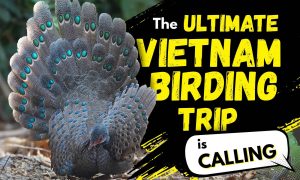
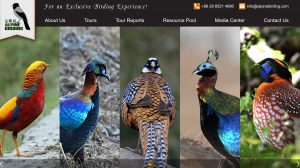
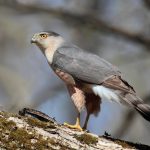
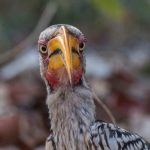
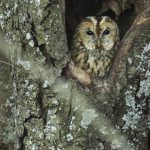
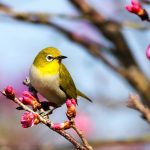


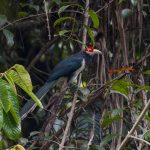
I’d like to add for birding in N America – bird festivals can be a great way to have « guided » birding cost-effectively and are great fun for meeting like-minded people. My favorite is the Mono Lake Bird Chautauqua but this spring I’m going to a Lek Trek put on by Kansas Audubon.